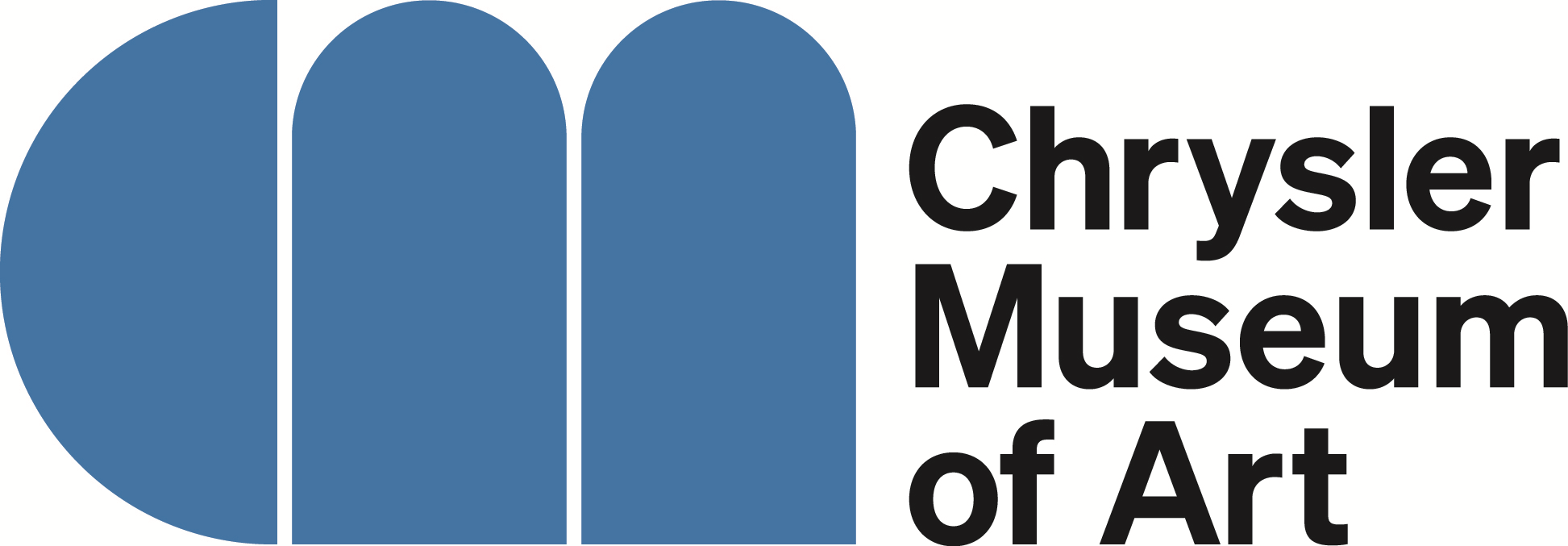Gothic Doorway
Artist
Unknown
CultureFrench
Date16th century
MediumStone
DimensionsOverall: 109 1/2 x 68 in. (278.1 x 172.7 cm)
Credit LineGift of Charles D. Kelekian
Object number53.48.5
Collections
Not on view
DescriptionThis is a stone carved frame around a door. There are several layers in the door jamb, the base of which comes out more than the jamb. The top of the door jamb curves rather than meet at a 90 degree angle. The stonework tracery above the door is very thick. The outer portion of a carving begins as a gothic pointed arch; as the carving moves toward the interior, the arch looks like the ogee shape. There are two figures carved into the stone. The man on the left wears tights and a doublet, his hair is straight cut just at ear level. The man on the right wears boots, short pants, a coat and a small round cap. He holds a bag full of something, possibly money. His hair is shoulder length. There was once an image in between the two men, centrally located over the door. It has broken away and there is no indication of what it might have been. The border at the top might be a pattern of oak leaves and acorns, but it is so worn down that an exact idea is not visible.Label TextFrench, 16th century Gothic Doorway Stone Gift of Charles D. Kelekian 53.48.5 From their grand sculpted portals and glowing stained-glass windows to the intricate patterns of their massive stone floors, Gothic cathedrals, cloisters, and other buildings were replete with decorative embellishment. In some instances decoration took the form of figurative scenes drawn from the Bible, illustrating the age-old Christian themes of sin and salvation. In other cases, as with the column capital at left, decoration was more purely ornamental, meant simply to enliven the architecture and give rein to the artist's imagination and sense of play. The two male figures crowning the doorway here are too worn to be clearly identified. The figure at right appears to hold a moneybag, perhaps indicating that the door once served as an entrance to a mercantile exchange, or that it illustrated a subject such as the biblical parable of the Rich Man and Lazarus. Without the sculptural element that initially served as centerpiece-its form sheered away-we are left to speculate about the door's original intent and location. Yet we can still admire the elaborately carved Gothic tracery and foliate frieze, and the solid, well-formed figures, all of which give presence and even grandeur to this modest portal. Published ReferencesVIRGINIA PILOT, 12/10/56, "Museum Piece of the Week".














